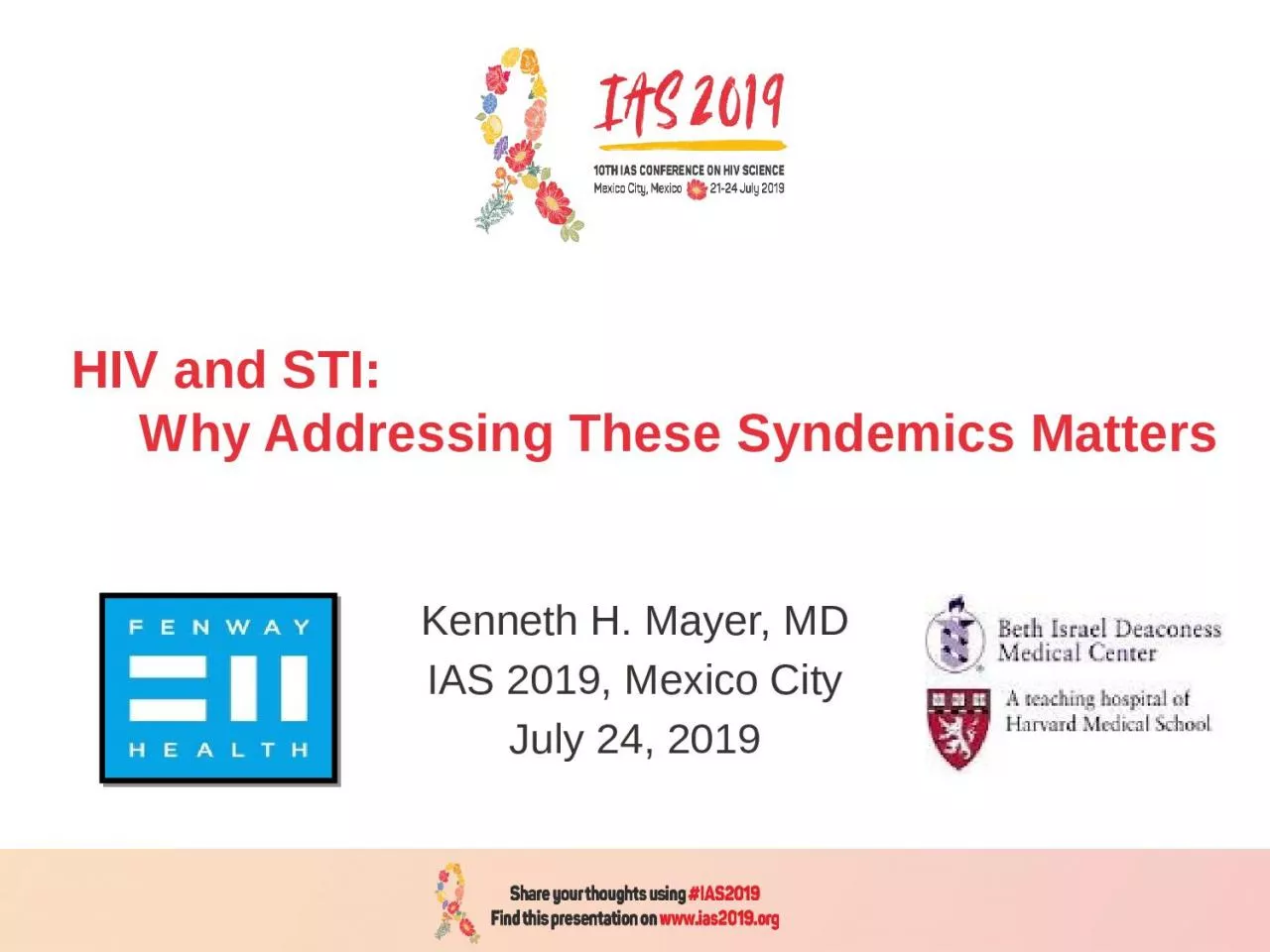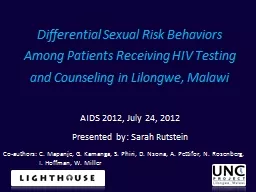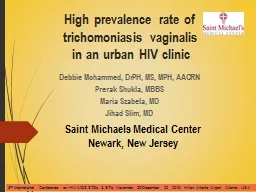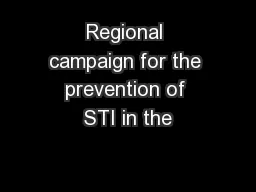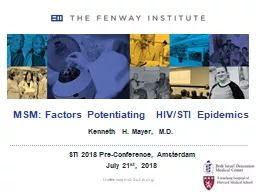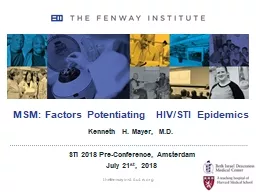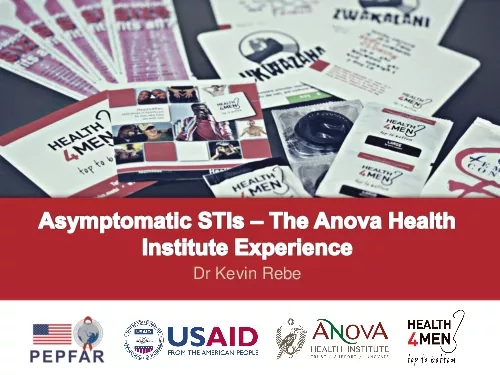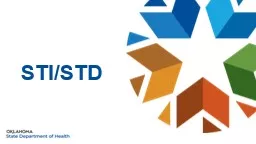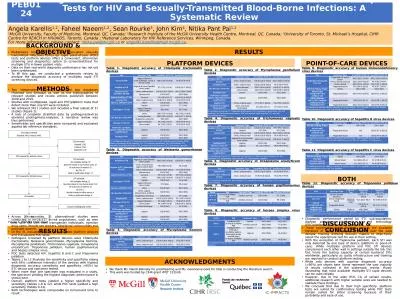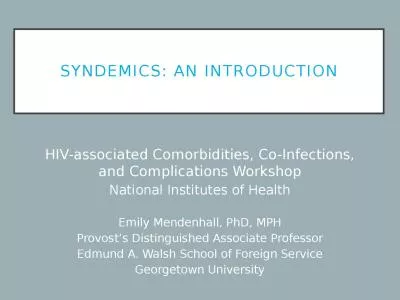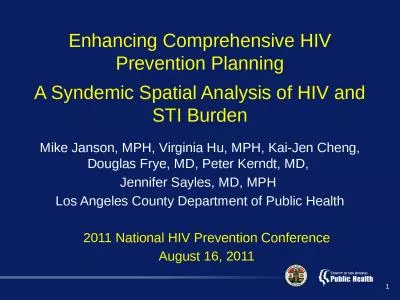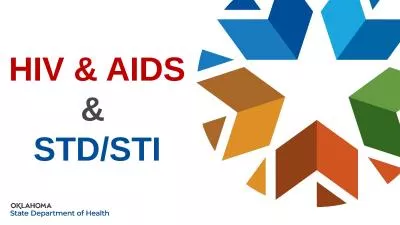PPT-HIV and STI: Why Addressing
Author : goldengirl | Published Date : 2020-08-28
Syndemics Matters Kenneth H Mayer MD IAS 2019 Mexico City July 24 2019 Sex Transm Dis 1992 MarApr1926177 Epidemiological Synergy Interrelationships between Human
Presentation Embed Code
Download Presentation
Download Presentation The PPT/PDF document "HIV and STI: ..." is the property of its rightful owner. Permission is granted to download and print the materials on this website for personal, non-commercial use only, and to display it on your personal computer provided you do not modify the materials and that you retain all copyright notices contained in the materials. By downloading content from our website, you accept the terms of this agreement.
HIV and STI: Why Addressing: Transcript
Download Rules Of Document
"HIV and STI: Why Addressing"The content belongs to its owner. You may download and print it for personal use, without modification, and keep all copyright notices. By downloading, you agree to these terms.
Related Documents

